 via this auction
via this auction"This Original vintage 1970`s Seiko Programmers Guide is just what you are looking for! For the DS-310 Synthesizer. 21 pages that tell you how to get the sound you want. Was part of the inventory of Des Moines Music House and has been carefully stored for 30 years."
Again this seller has a ton of vintage documentation up for auction. Too much for me to grab all the shots from, so I will only be putting
 up the stuff that I find, really, really interesating. A synth by Seiko, the watch company, for example.
up the stuff that I find, really, really interesating. A synth by Seiko, the watch company, for example.Update via Till "Qwave" Kopper in the comments:
"The Seiko DS310 additive synthesis add-on module (son on the pic as the left unitbehind the main keyboard) for the DS202 was the most affordable way to use additive synthesis in the mid eighties (released 1983?).
It had only 4 memory slots for sounds. You had 16 harmonic and three specrums per sound. A kind of preselection envelope with only 2 or three parameters was used as volume envelope. And at the same time it cross fades the three spectrums at staic point in the envelope. A typical ADSR envelope shpae would use one spectrum for the attack, would cross fade in the decay time to the sustain specrum and would crossfade to the third spectrum in the release section. At least, this is my memory.
I sold it to gain money for my first PPG wave 2.2 in 1987.
The other unit shown here is the sequencer add-on module on the right. Not seen to often."


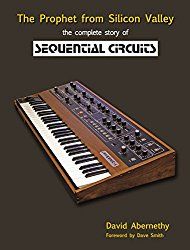
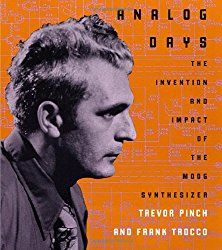
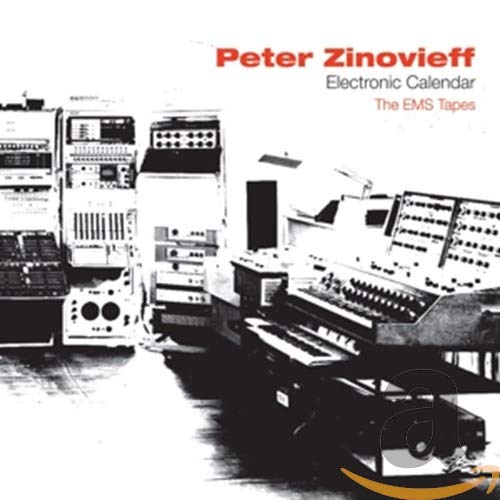
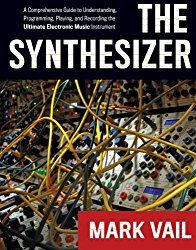
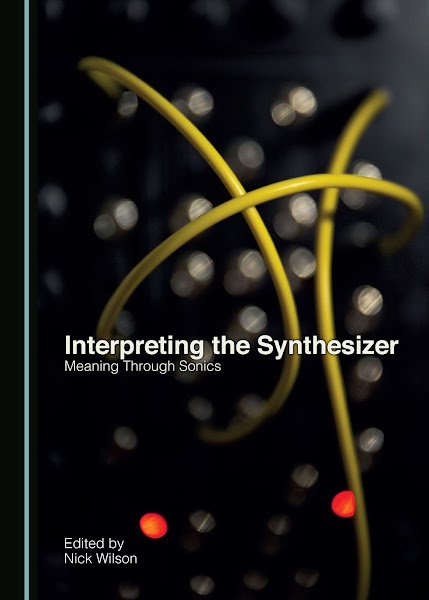
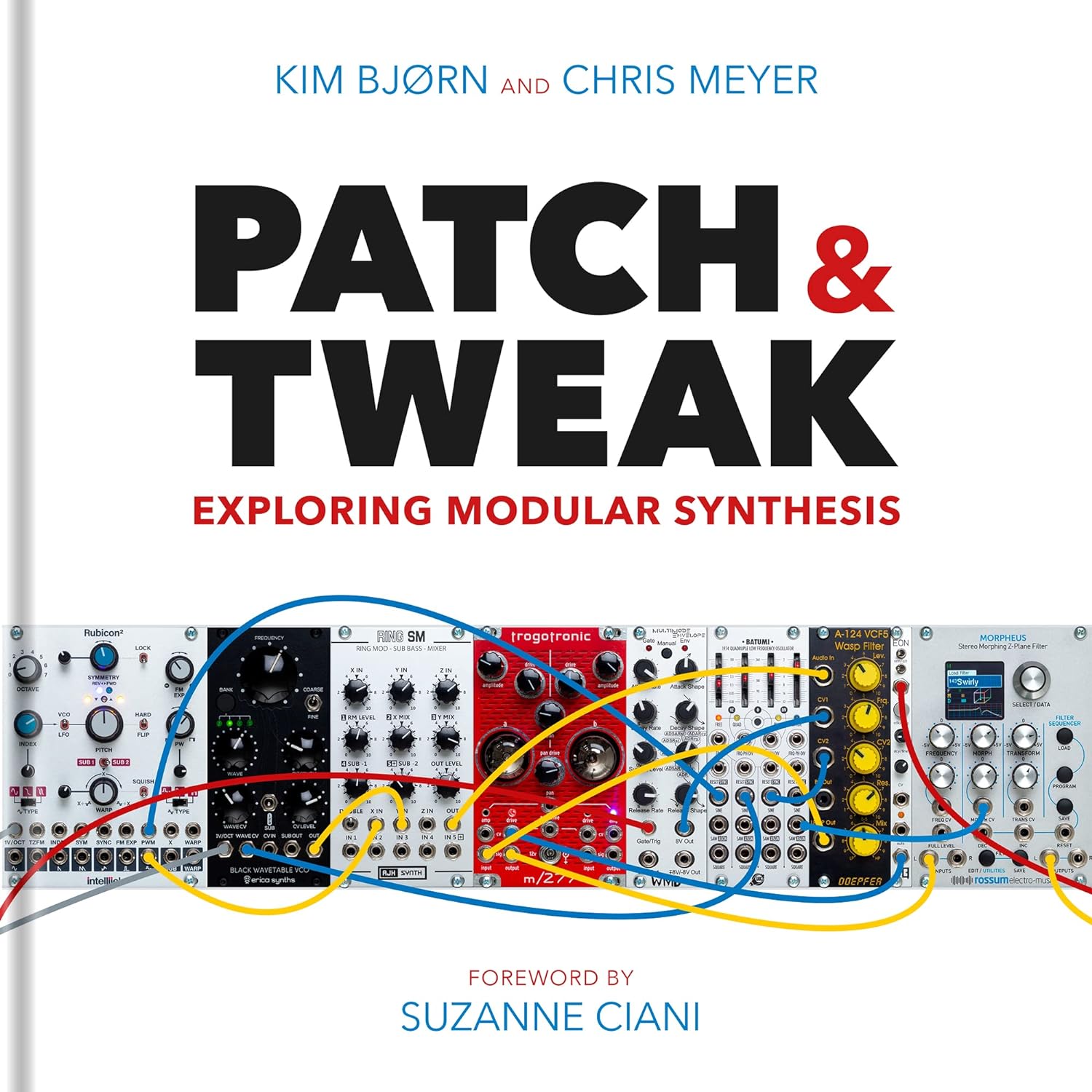
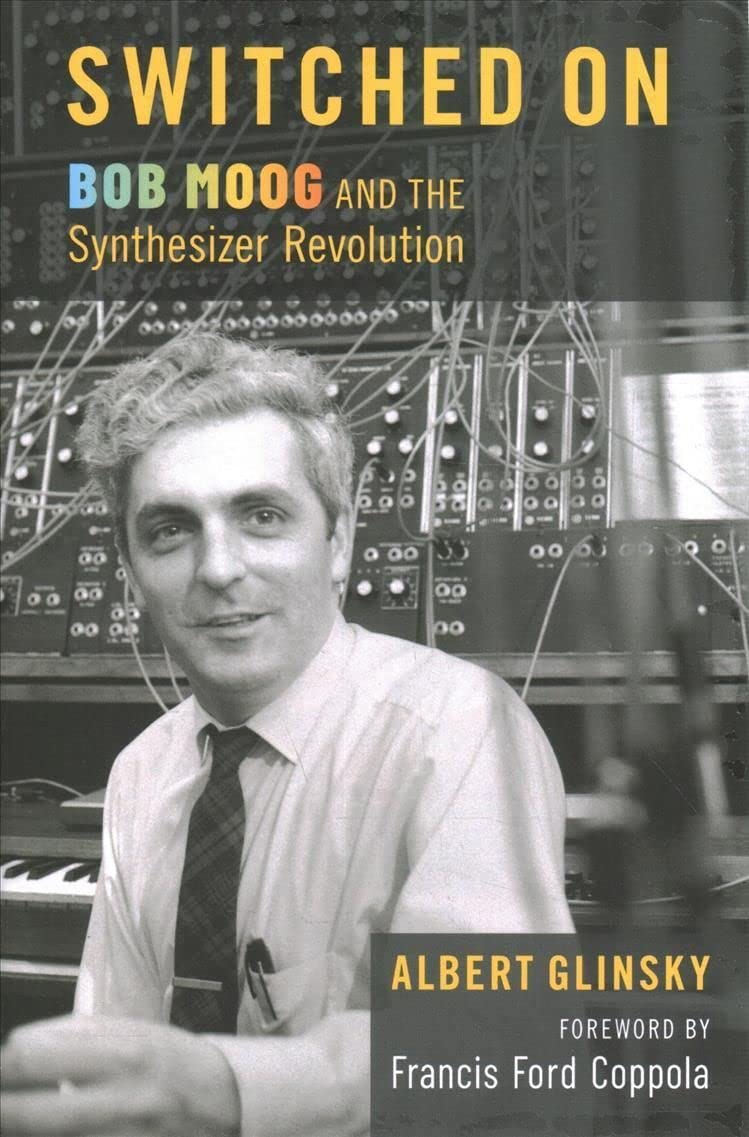
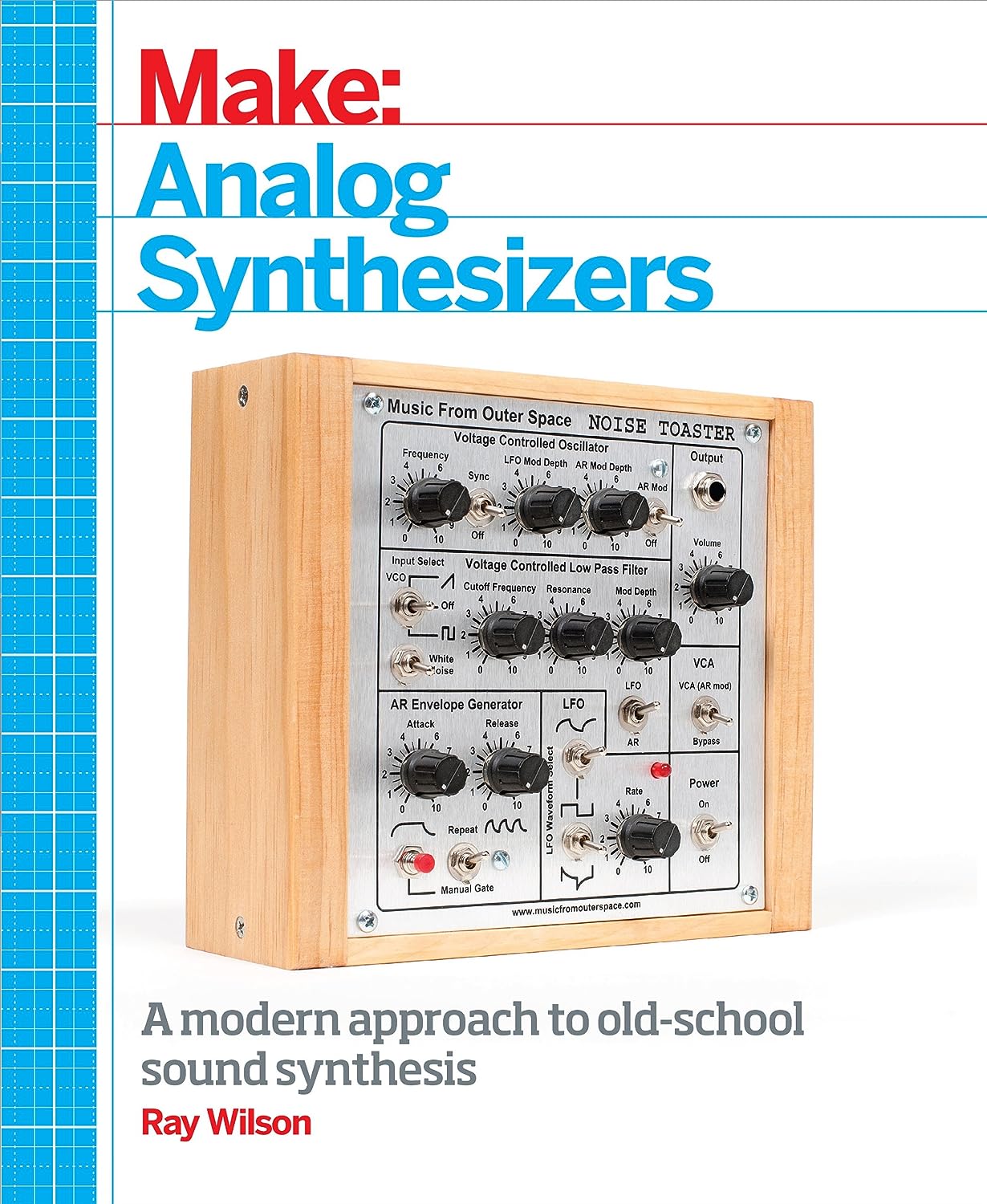
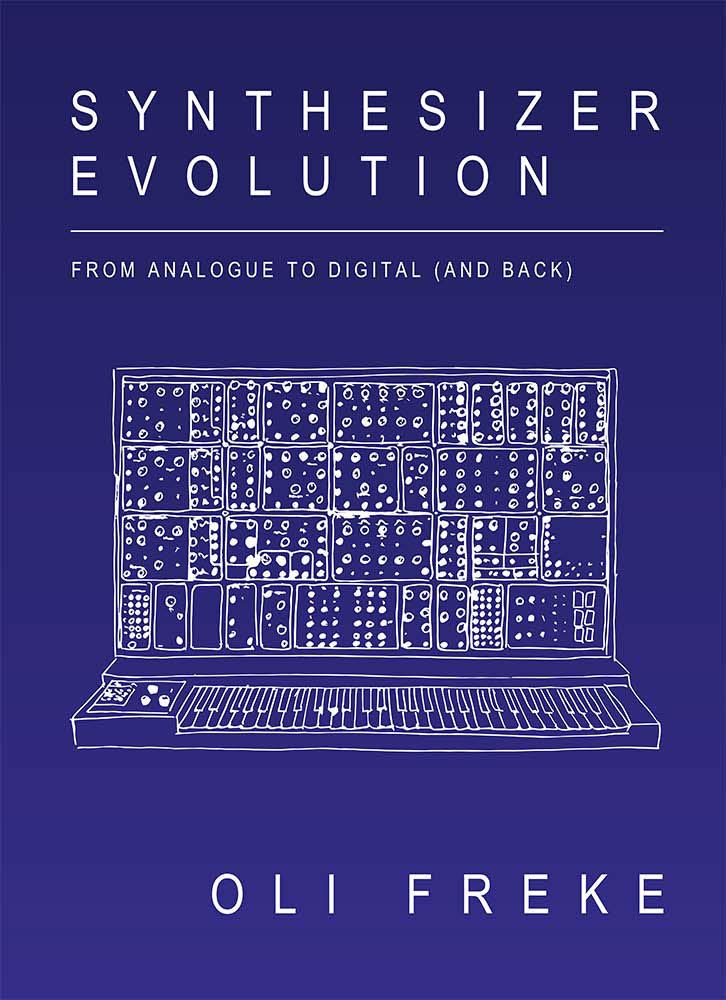
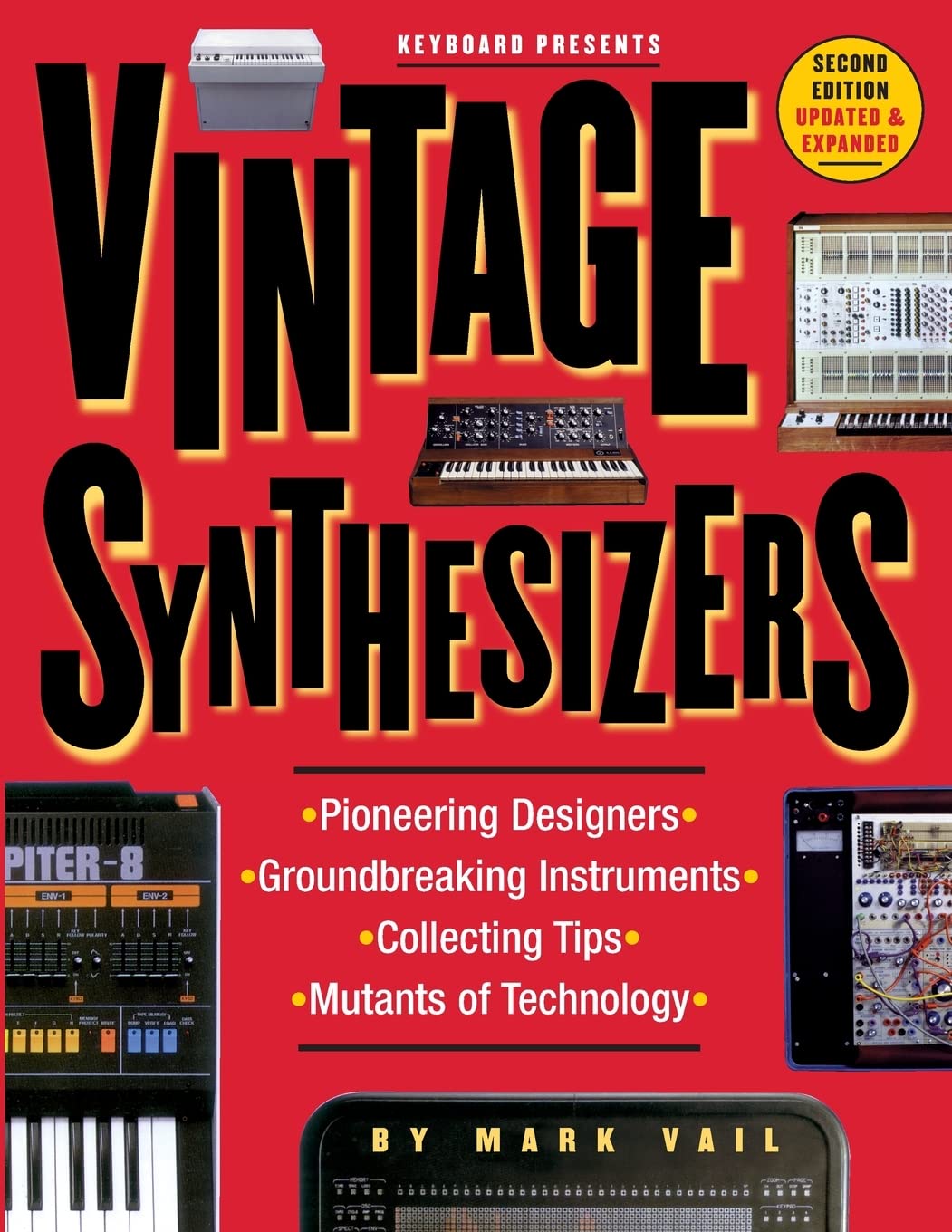

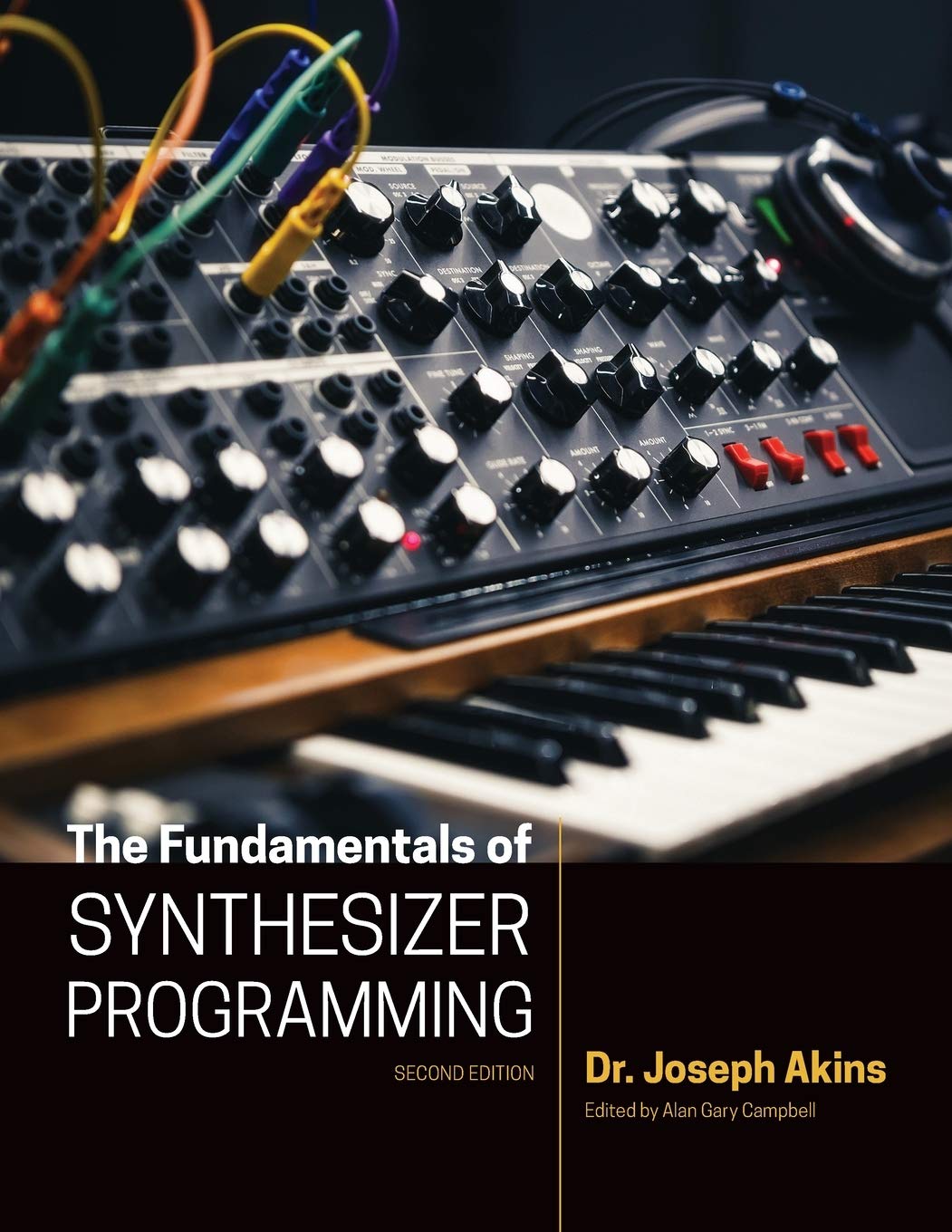














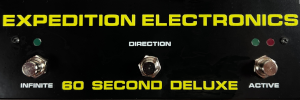
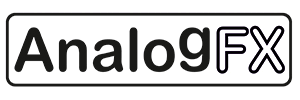









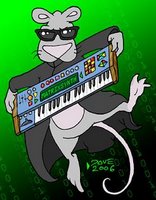
Whoa, this thing looks way more kickass than my old DS-250 did. I sold the 250 for $75 a couple years ago. I'll bet this 310 would fetch at least, what? $150? :o)
ReplyDeleteThe Seiko DS310 additive synthesis add-on module (son on the pic as the left unitbehind the main keyboard) for the DS202 was the most affordable way to use additive synthesis in the mid eighties (released 1983?).
ReplyDeleteIt had only 4 memory slots for sounds. You had 16 harmonic and three specrums per sound. A kind of preselection envelope with only 2 or three parameters was used as volume envelope. And at the same time it cross fades the three spectrums at staic point in the envelope. A typical ADSR envelope shpae would use one spectrum for the attack, would cross fade in the decay time to the sustain specrum and would crossfade to the third spectrum in the release section. At least, this is my memory.
I sold it to gain money for my first PPG wave 2.2 in 1987.
The other unit shown here is the sequencer add-on module on the right. Not seen to often.
http://till-kopper.de/seiko.html
keep on turning these knobs
Till "Qwave" Kopper
This comment has been removed by the author.
ReplyDelete